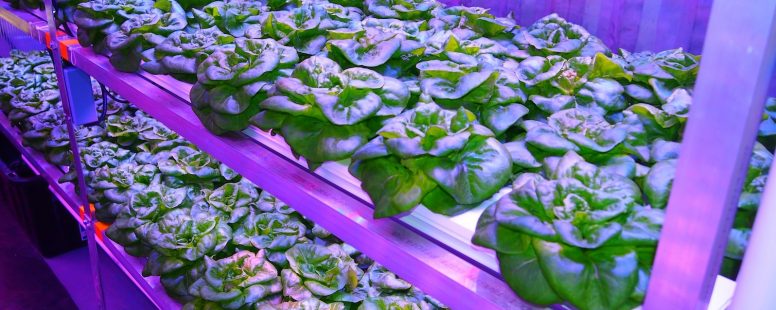Agrotechnooptimism
The techno-optimism in agrotechnology makes me a little queezy.
At first, the image of the vertical gardens of produce grown in abandoned urban spaces seems like such an attractive idea. One can only imagine how I fawned when my eager mind saw a possible union between community-based agriculture, environmental conscientiousness, and engineering.
While, I think these sorts of initiatives can be taken in productive directions, I fear that something that starts off as an earnest vision for feeding our communities may be corrupted into an “over-engineered” variant. In such a time when people are toying with the idea of lab grown meat to feed humanity, I think it’s time we also consider feeding humanity with vertical towers of lettuce clones grown with LED lights as a movement towards “lab grown” along with the associated apocalyptic connotations.
For brevity, I will describe two different (and contrasting) trajectories for an “environmentally friendly” Post-Industrial Revolution as it pertains to food production. In doing so, I outline how up-and-coming techno-optimistic urban agriculture projects straddle the uncomfortable boundary between the two potential futures.
First, just to be on the same page, let us consider how conventional agriculture is being defined by industrialization at present:
- Factory-style management of plants (ie. monoculture), followed by
- Factory-style management of animals (ie. poultry, beef, etc. industries), and by extension
- “Factory” treatment of humans
(ie. standardized testing in early life -> cubicle farms in midlife -> nursing homes at end of life).
Assuming we actually transition into an environmentally conscientious “Post Industrial Revolution” milieu (ie. there is political will, climate change doesn’t get us first, yada yada..), two trajectories I can anticipate include:
(a) The techno-optimist trajectory
- Lab-grown monoculture (ie. the aforementioned lettuce towers)
- Lab-grown meat (ie. as mentioned)
- Lab-maintained humans? (ie. …WALL-E???)
These methods are characterized by quantifiability, sterility, isolation, and full environmental control. While there may be an opportunity in the time being to use such methods to make local, affordable, accessible, and fresh food, I am skeptical that plants, and indeed, humans, are meant to flourish in such sterile environments. What is the impact of microbial life in the soil on nutrition? Symbiosis between different species/combinations thereof? Indeed there is yield, but what of the nutrition and the impact of such sterile produce on our microbiomes? How can we claim to understand all those interactions enough to reduce what plants need down to a serum? The implication that humans produce human food by human efforts only, as if we fully understood the Earth, seems like arrogance to me. It brings me sorrow to consider that ventures with the best intentions may unintentionally pave the way to a more isolating future. Which brings me to another potential future …
(b) The ecological-harmony trajectory (aka way of the hippies?)
In Forest Gardening, by Robert A de J Hart:
“The new post-industrial world, for which many of us are striving, will see an Ecological Renaissance, a rebirth of all that was best in ‘primitive’ life and outlook, blended with new potentialities at which we can only guess.” This is would not be “an unscientific or antiscientific structure” but “obeys an order decreed by ecological laws which Western science has not fully identified.”
In other words, this trajectory would recognize how pre-industrialization/indigenous techniques allowed humans to live with minimal environmental impact in the first place; then incorporate those philosophies and practices in our present context with modern science and technology. I won’t elaborate on this further at the moment, but it suffices to say that this is an example of a more holistic approach to post-industrialization in contrast to the reductionist (a) trajectory above.
To be honest, I find both “Post-Industrial Revolution” futures (a) and (b) a better alternative to the present condition that requires high energy-inputs and causes deforestation and soil erosion. It’s just that (a) removes the entire growing process from the earth to acquire full control and preventing further damage to the earth while (b) hopes to improve the condition of the earth by drawing from inspiration from the earth itself. To be clear, I am only being critical of adopting (a) for mass food production. I, in fact, welcome how (a) enables families and offices to incorporate more edible greens in their existing indoor spaces, for example. Nevertheless, at the moment I see momentum with (a) AND (b)… and likely both trajectories will enact themselves in superposition (as they are right now) and in different proportions. Perhaps we can adopt (b)-type stuff in the summer/natural growing seasons supplemented with (a)-type stuff outside of the peak growing seasons/indoors to improve the air quality in our living spaces?
Of course, there are ways that (b)-type thinking can enable prolonged growing seasons and benefit indoor air quality without having to do (a)-type stuff…But I digress…
